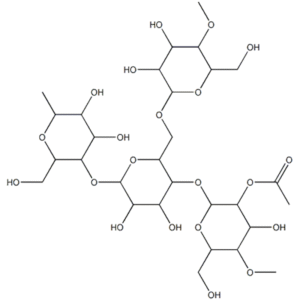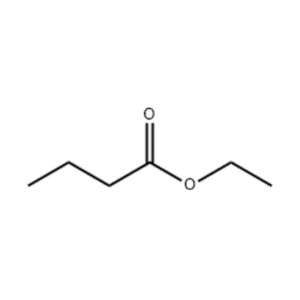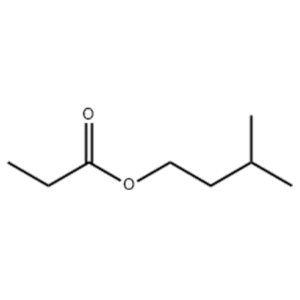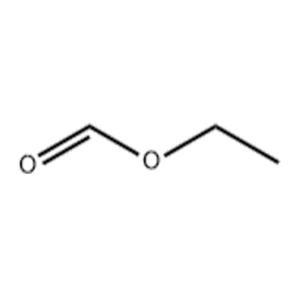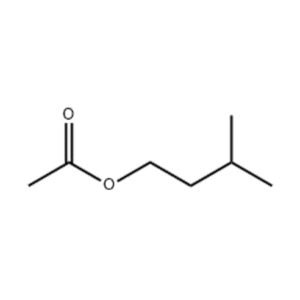Alias: Acetylated starch
1.Product Property
Starch Acetate (Acetylated Starch) is a modified starch produced by treating natural starch (such as corn, potato, or tapioca) with acetic anhydride or vinyl acetate. This process introduces acetyl groups, improving its stability, texture, and resistance to high temperatures and freezing. It forms clear, smooth gels, making it ideal as a thickener, stabilizer, and binder in food products like sauces, frozen meals, and baked goods (regulated as E1420 in food applications).
2.
| Parameter | Food-Grade |
| Appearance | White to off-white powder |
| Moisture Content | ≤ 15% |
| Acetyl Content | ≤ 2.5% (DS ≤ 0.1) |
| pH (10% solution) | 4.5 – 7.0 |
| Viscosity (5% paste) | Customer-specified |
| Residual Acetic Acid | ≤ 0.5% |
| Ash Content | ≤ 0.5% |
| Heavy Metals (Pb) | ≤ 2 mg/kg |
| Microbial Limits | Total plate count ≤ 10⁴ CFU/g |
3. Application scope and Usage
Starch acetate (acetylated starch) is widely used in food and non-food industries due to its improved stability and texture. In food applications, it acts as a thickener, stabilizer, and binder in products like sauces, dressings, frozen foods, baked goods, and snacks (approved as food additive E1420). Beyond food, it is used in biodegradable films, paper coatings, textiles, adhesives, and pharmaceuticals for its film-forming and binding properties.
4.Package and Storage
Starch acetate is typically packaged in 25 kg multi-layer kraft paper bags or food-grade polyethylene-lined bags to ensure moisture resistance. For bulk orders, it can also be supplied in 500-1000 kg flexible intermediate bulk containers (FIBCs). The product should be stored in a cool, dry, and well-ventilated warehouse away from direct sunlight, with temperature maintained below 25°C and relative humidity below 65%. Keep containers tightly sealed when not in use to prevent moisture absorption and contamination. Properly stored, starch acetate maintains stable quality for up to 24 months from production date.


